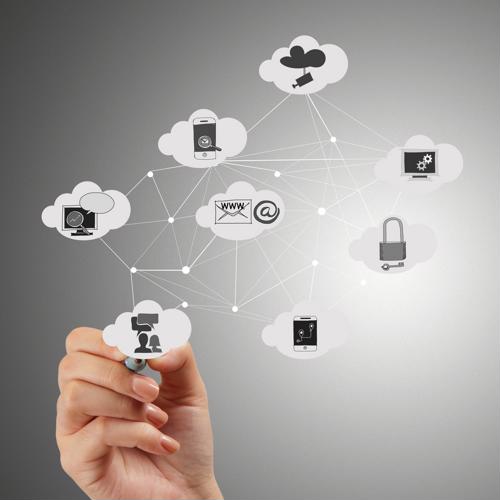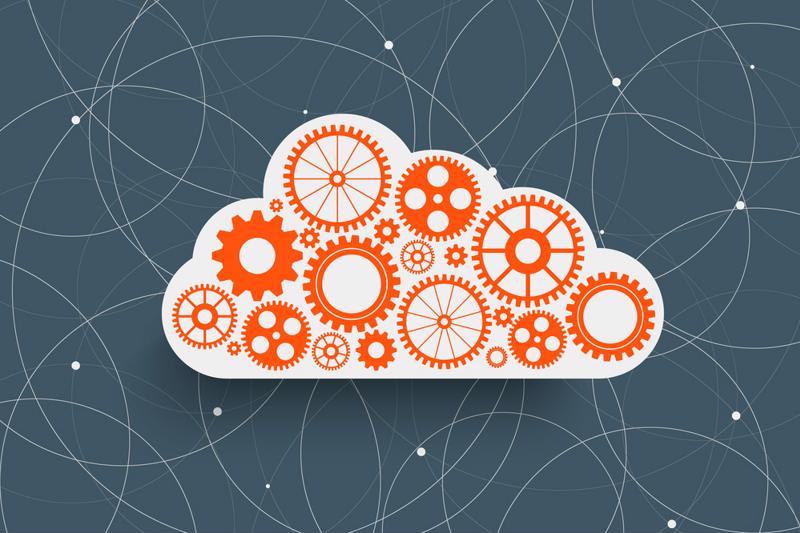
Cloud-native infrastructure and technology are driving digital transformation in 2021
By Max BurkhalterJune 3, 2021
2020 was the year of accelerated digital transformation, as circumstances forced companies to push their plans for digitizing operations and data and adopting technology to the top of their priority list. One clear fact that became apparent during the past 12 months was that digital infrastructure and technology play critical roles in enabling business success.
According to Rick Villars, group vice president, Worldwide Research, IDC, "the COVID-19 pandemic highlighted that the ability to rapidly adapt and respond to unplanned/unforeseen business disruptions will be a clearer determiner of success in our increasingly digitalized economy. A large percentage of a future enterprise's revenue depends upon the responsiveness, scalability, and resiliency of its infrastructure, applications, and data resources."
Cloud-native infrastructure will dominate in the coming years, as the sudden shift to remote work and unprecedented demands made on supply chains revealed that traditional infrastructure was not going to be able to cope with the increasing loads required by today's changing landscape. IDC predicts that, by the end of 2021, 80% of enterprises will have a mechanism in place designed to shift to cloud-centric infrastructure and applications at twice the speed as before the pandemic.
Modern business is being increasingly powered by software stacks and enabled by open-source and cloud-native technologies, including microservices, API-first, containers and DevOps. Immutable infrastructure is key to success, and is driving adoption of container orchestration. Companies are turning to Kubernetes, an open source system for deploying, scaling and maintaining containerized applications, and service mesh options like Istio, which simplifies observability, traffic management, security and policy across distributed networks.

These technologies are empowering organizations to swiftly and efficiently create, deploy and orchestrate applications. They can leverage hybrid multicloud architecture for global deployment and distribution, utilizing software as a service (SaaS) and infrastructure as a service (IaaS) for enhanced self-provisioning, autoscaling and self-healing capabilities. This creates environments that can be held to higher standards for agility, availability, latency and performance.
Modern digital infrastructure includes you company's data center, network and hardware. All of these components can now be fully abstracted using APIs, and orchestrated through software. Application developers can be empowered to deploy and manage distributed infrastructure at software speed. This meshes well with the creative process, freeing up time that can be spent on innovation and give your business a competitive edge.
The abstracting process requires building real-time observability into infrastructure state. Your team needs to be able to develop programmatic interfaces. Once this step is achieved, the desired state can be defined declaratively. You can apply this clarity to any component or combination of components. End-to-end visibility gives you control over connectivity and data relay, across devices and touchpoints from the edge to multicloud.
Developers must focus on building a closed loop, adaptive distributed system that can be assembled around your abstracted framework to successfully deploy and manage your newly distributed infrastructure. Software and open technologies are the only tools powerful enough to make this possible at scale.
If your company embraces the idea that anything that can automated should be automated, adopts a hybrid multi-cloud environment, and implements the correct software to virtualize, containerize and abstract workloads from underlying physical devices, you can achieve swifter implementation timeframes and faster resource deployment. The starting point is cloud-native technology.
While you decide on software, Perle handles your hardware needs. Read our success stories to learn more.



